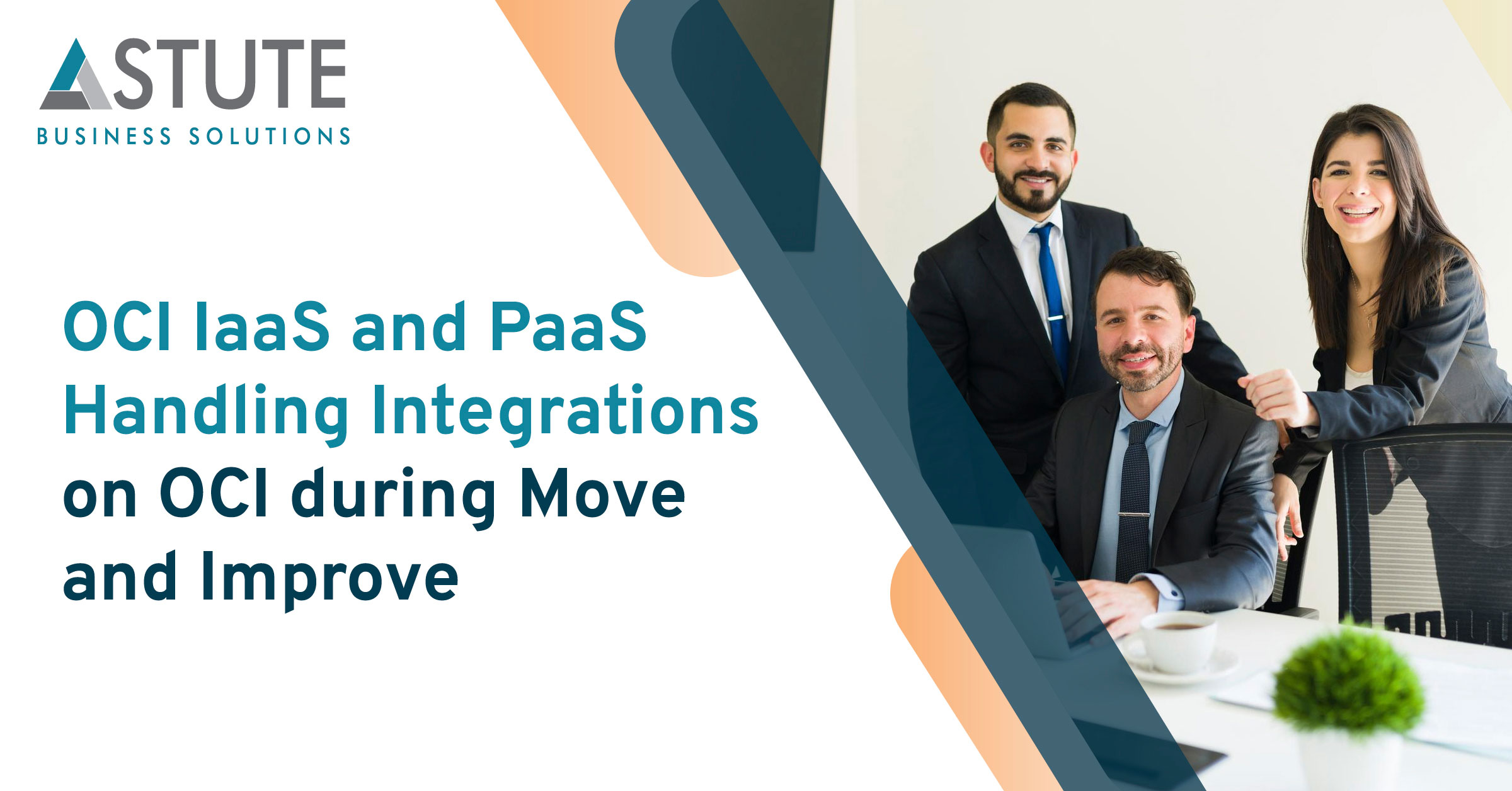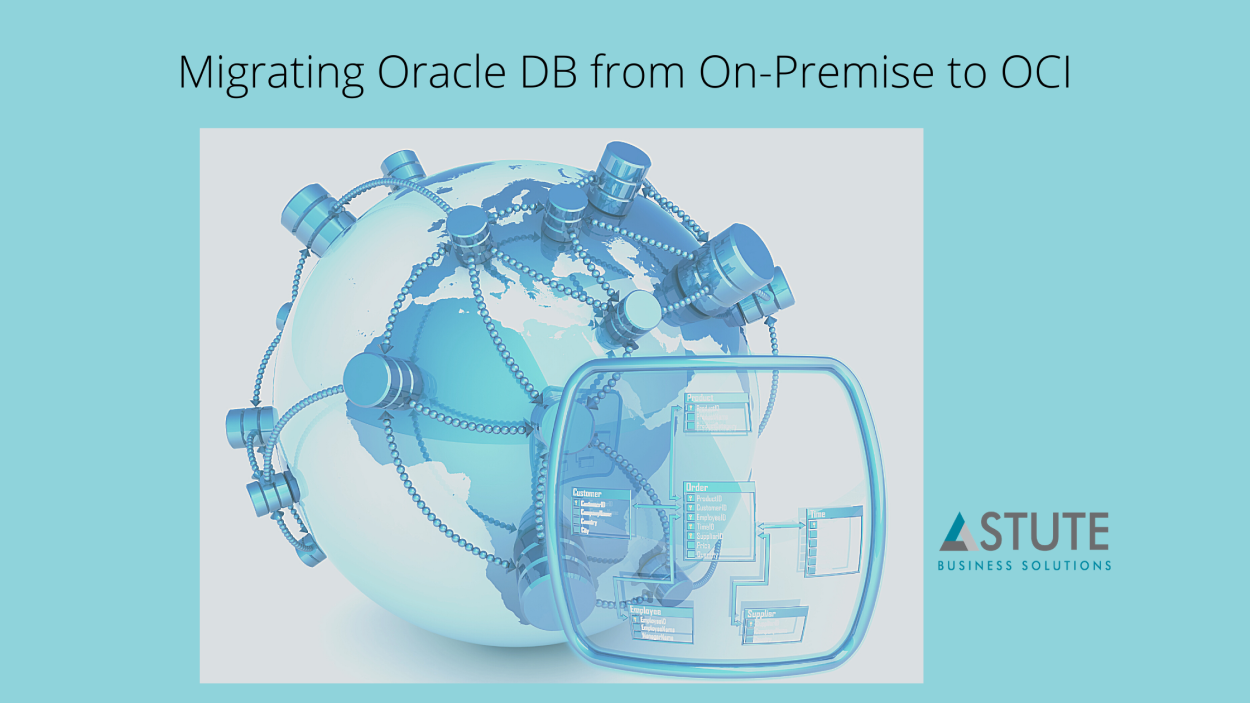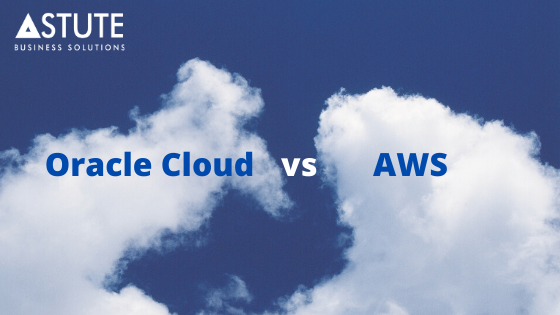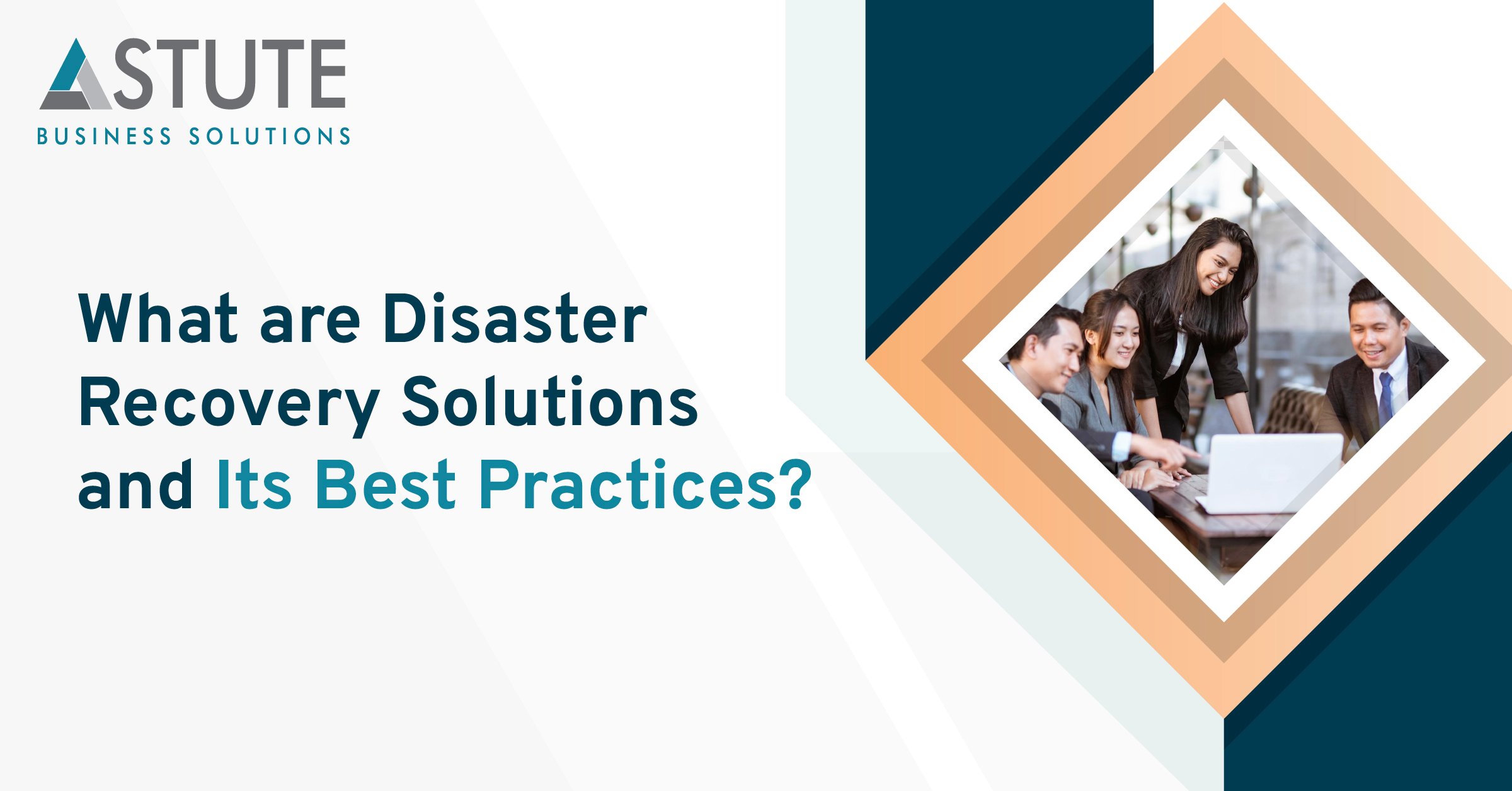
OCI IaaS and PaaS: Handling integrations on OCI during Move and Improve
In today’s day and age, the question is not whether an enterprise should keep its systems and business processes on-premise or in the cloud, but rather, what mix of enterprise and cloud-based applications should they have in place in order to best facilitate business-oriented outcomes? However, in order for a company to be able to successfully meld its on-premise and cloud applications together, it needs the proper integration strategy in place to do so.
It’s important for an integration to ensure seamless connectivity between the on-premise legacy environments and modern cloud-based applications. Without a proper connection in place, the company will be unable to successfully enable integration processes necessary to enable mission-critical business processes and deliver business value.
How to think about your integration?
The major considerations in Oracle lift and shift migration are the compute, storage, and network requirements of the application. They should be mapped from what is currently available in source infrastructure to the matching resources in the cloud provider. And that is why it is very important to understand the integration scope . As every customer integration requirement will be very specific to their needs.The scope of integration includes both internal and external systems as well as inbound and outbound interfaces.
The scope can be outlined as below:
- Understand the current integrations and it’s operations
- Data structure and transformation
- Third-Party integration needs and scope
- The directory structure of the interfaces (inbound and outbound)
- Operational metrics and performance
- Retain or optimize transport layers
- Redirection of integration points to OCI
- Implement OIC (Oracle Integration Cloud) to move data
- Convert all FTP to SFTP connections
Want to Know More About Integration in OCI IaaS and PaaS?
Astute provides custom-made solutions as per your business requirements.
How to handle Integration in OCI?
Integration plays a crucial role if you want to deliver cloud based solutions to your business. Outlining a cloud strategy could be a time consuming and difficult process, but the planning part must also take into account the fact that the on – premises resources and infrastructure a company has must be coordinated with the applications to be hosted in the cloud. Oracle’s lift-and-shift approach revolves around moving data correctly the first time, reducing risk of project delays, and boosting ROI—helping your organization gain the agility, flexibility, and scalability that's critical in today's business environment.
Peoplesoft Lift and shift strategy is the process of removing your applications from one infrastructure location and redeploying it in the cloud provider’s infrastructure without altering its functionality and interface usability i.e. without modifying the application code or its features.So, how do you get the data from in-house to the cloud, keeping in mind security and other data migration standards? There are tools to help with your data migration between in house and cloud applications, helping transfer the on-premise information, such as the one described here.
- File Storage Service
File Storage Service (FSS) on OCI shall be used to provision storage for the SFTP directory structure. This is a shared resource and functions similar to the On-Premise FTP Interface Directory Structure. The security to this shared resource is strictly controlled by the policies defined in OCI and only authorized services are granted access to this storage location.
Certain salient features of using FSS -
- OCI File Storage Service provides a fully managed, elastic, durable, distributed, enterprise-grade network file system.
- It supports NFS v3, network lock management, snapshot, and default encryption.
- High Scalability
- High-performance component
- SFTP
The protocol used to perform the file transfer will be SFTP (Secure File Transfer Protocol). In computing, the SSH File Transfer Protocol is the network protocol which provides file access, file transfer, and file management capabilities over any reliable data stream. SFTP uses the SSH protocol to authenticate and establish a secure connection.
- Secure VPN
A secured VPN connection will be created between the on-premise integrating systems and OCI using IPsec VPN. The required ports will be opened on the Dynamic Routing Gateway (DRG) on the OCI end to enable network handshake. Further, the route tables will be configured to enable the communications between the on-premise systems and OCI.
- PeopleSoft Directory Interface
PeopleSoft Directory Interface uses Lightweight Directory Access Protocol (LDAP) directory services to authenticate users of PeopleSoft applications. PeopleSoft Directory Interface provides additional mappings and integration points, such as messages, that enable PeopleSoft data and LDAP data to stay synchronized. Most directory data, such as user ID, name, and email address, is also maintained in the PeopleSoft database. When a user uses PeopleSoft Directory Interface, they make selected PeopleSoft data available to the directory, and the user then maintains the data in the PeopleSoft database. When information changes in the PeopleSoft database, PeopleSoft Directory Interface captures that updated information and automatically updates the equivalent information in the directory server, or it writes the updates to a file for the user to apply at another time.
- Application Batch
All current PeopleTools available on-premise will also be available on OCI for integration as needed. Batch programs are used for uploading files into PeopleSoft or extract data from PeopleSoft application, It can be used to publish data via a load balancer and SFTP files using shell scripts or windows commands.
Choosing your integration method is an integral part of making a migration plan. End Goal is to make the lift and shift approach remain the fastest, easiest, lowest-risk, and least expensive way to get operating in the cloud. However, making the most of a lift and shift migration strategy requires using the right tools.
Inerested in our services?
Contact Astute Professionals to learn more about handling integrations on OCI.
Search
Related Posts
Subscribe Our Newsletter
Gain access to exclusive insights, technical know-how and crucial knowledge from Astute experts.
Share Article
See The Team In Action
Upcoming Events
.png)
- oacle ai
Explore how AI can impact HR , Talent, Benefits and Payroll?
Reach Out
Ready to Connect?
Please fill the following form, we will get back to you within a business day.
Contact Form
Contact Us



